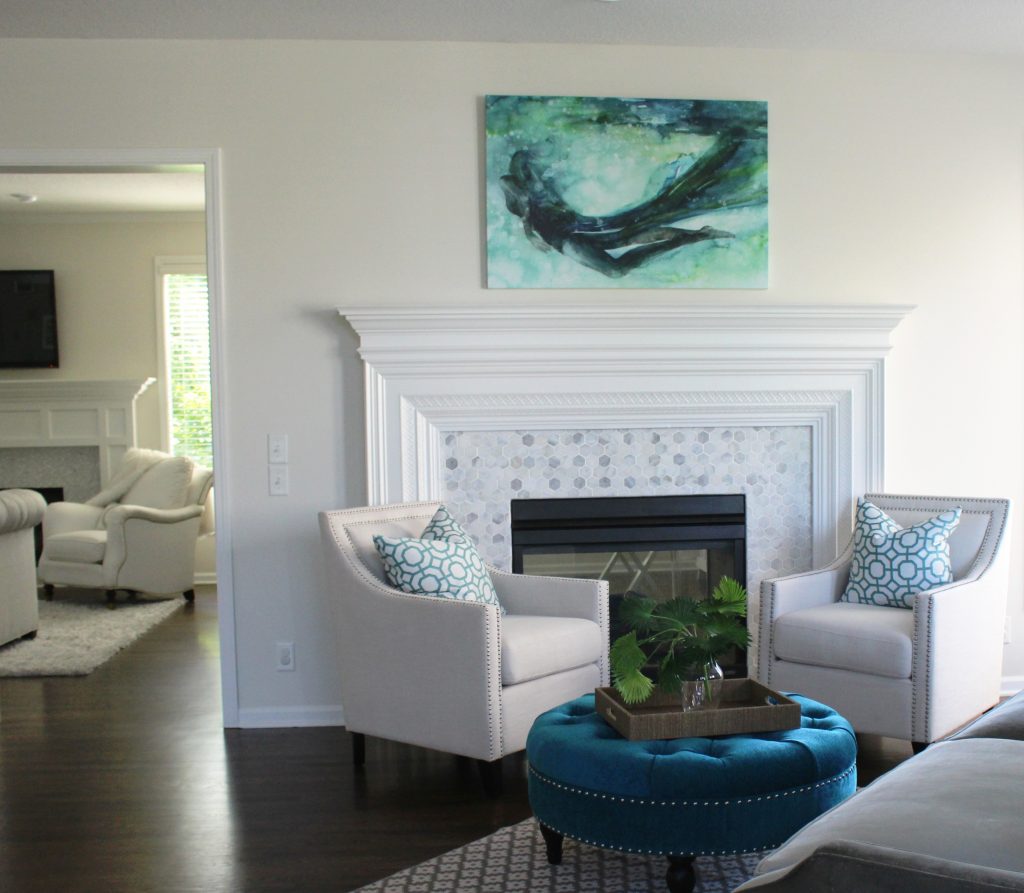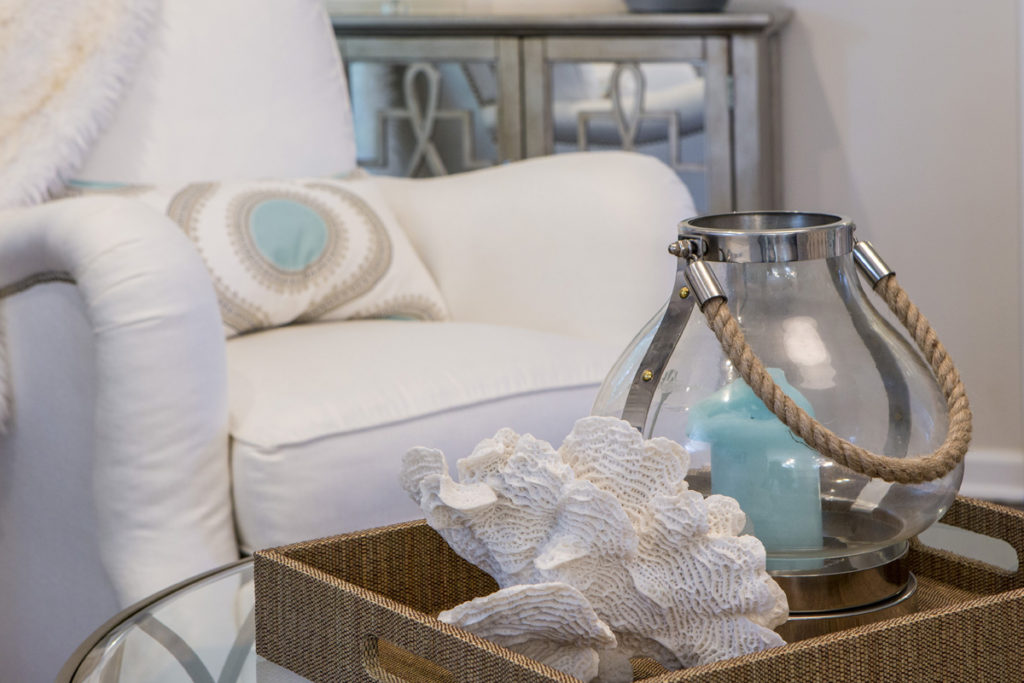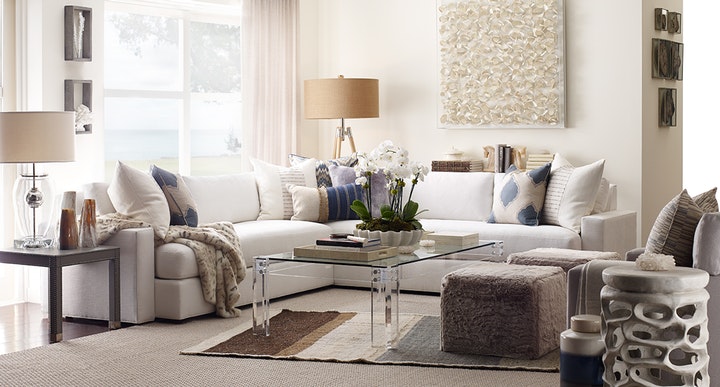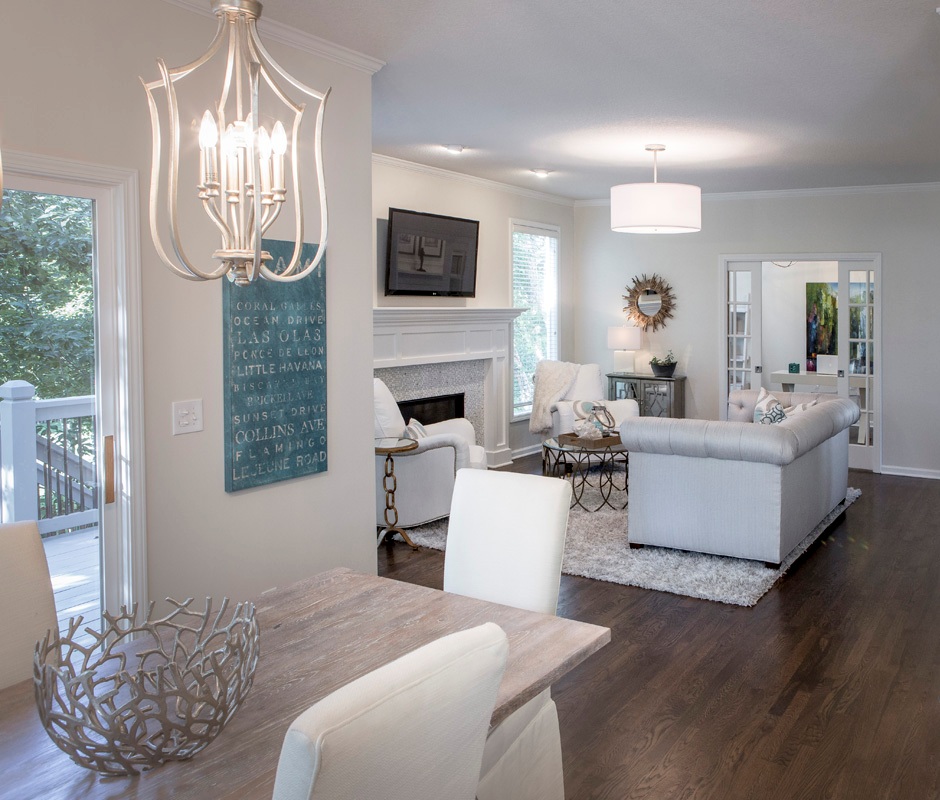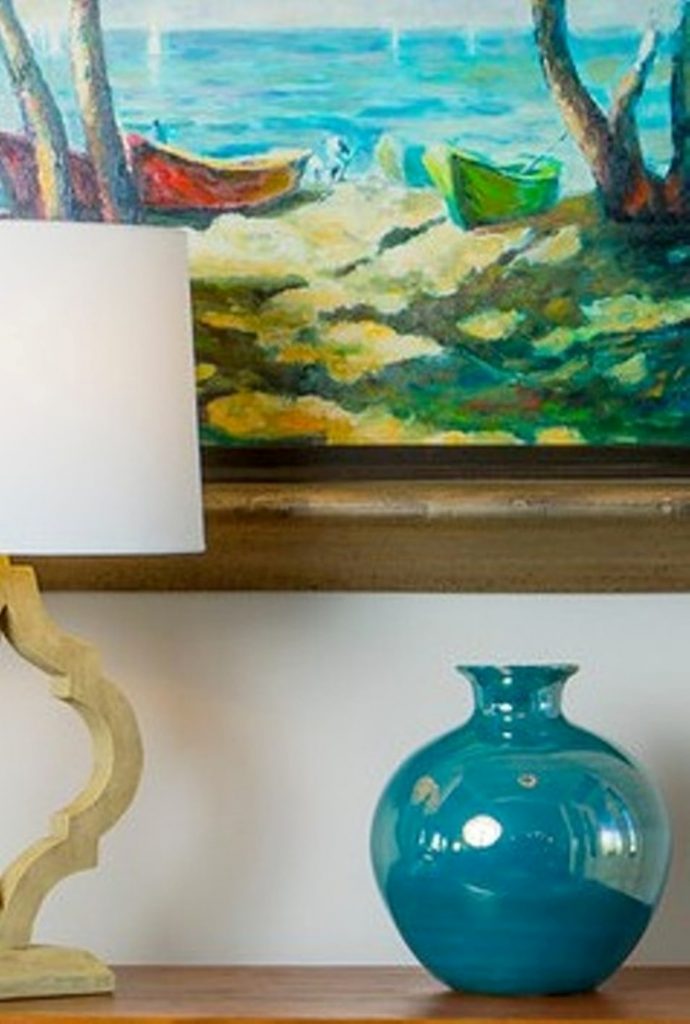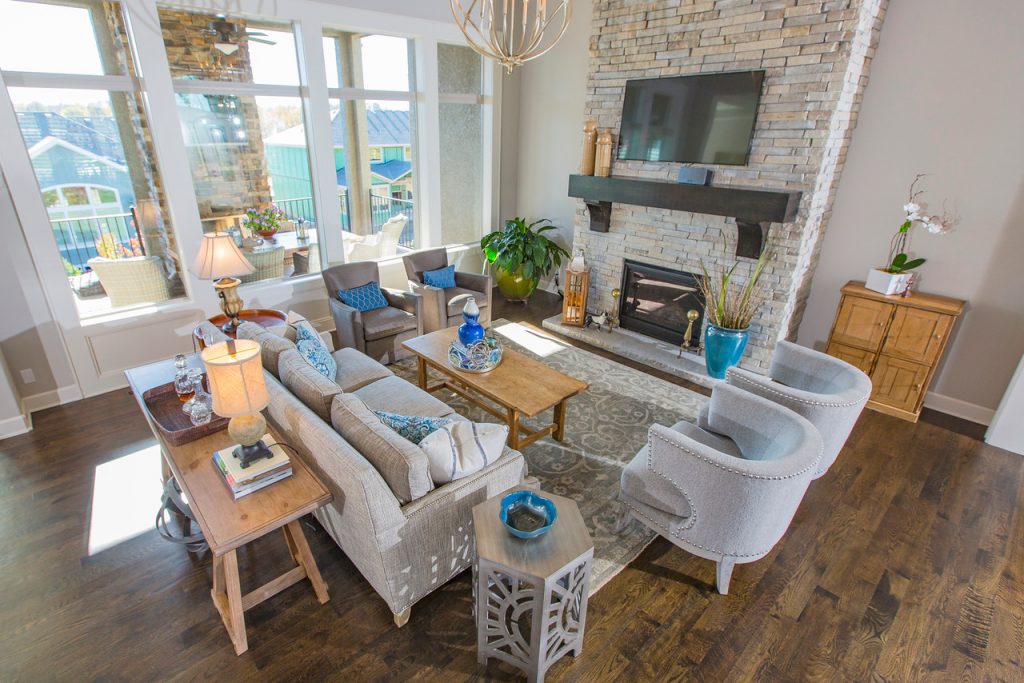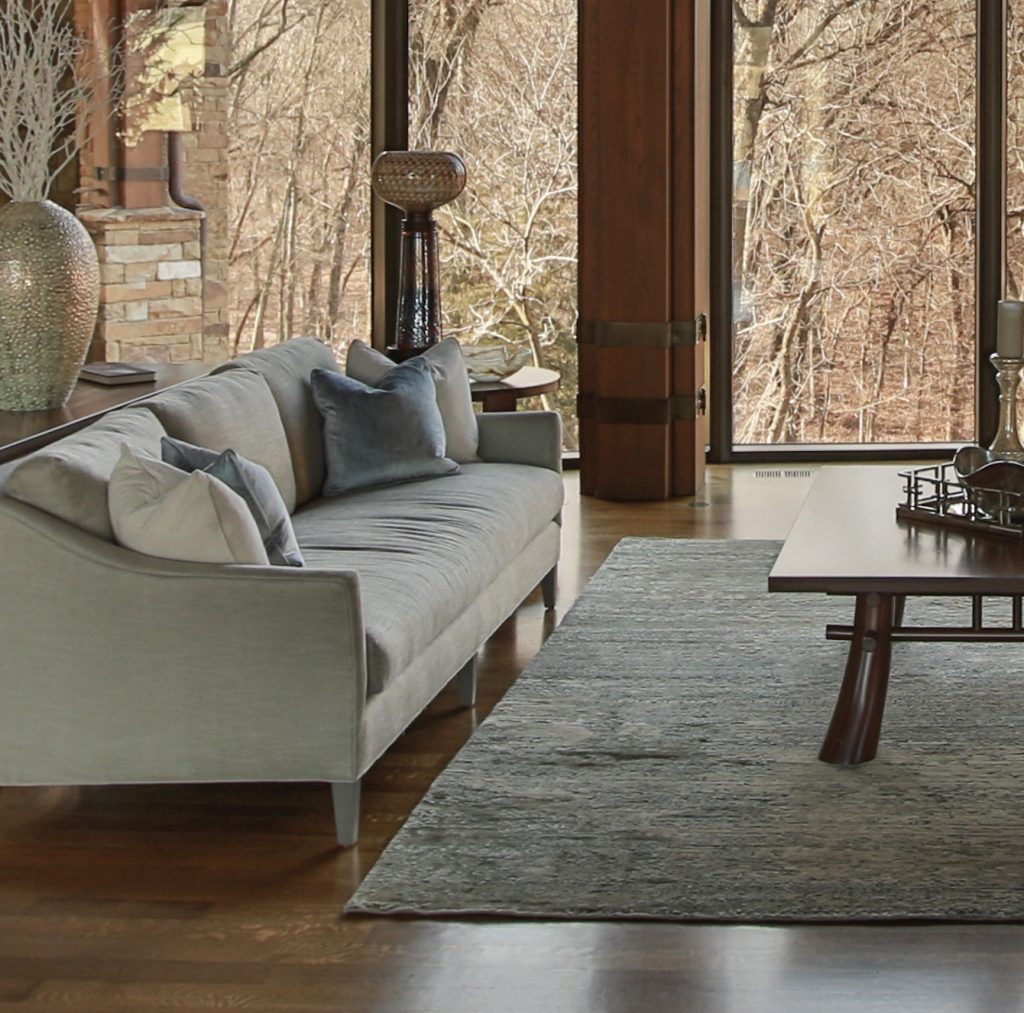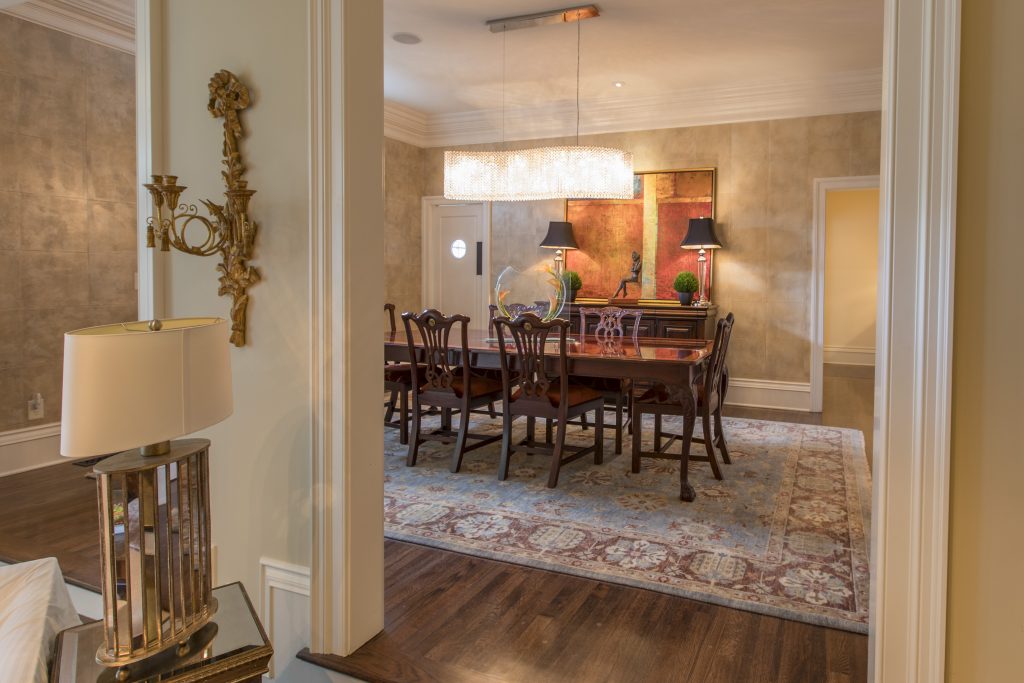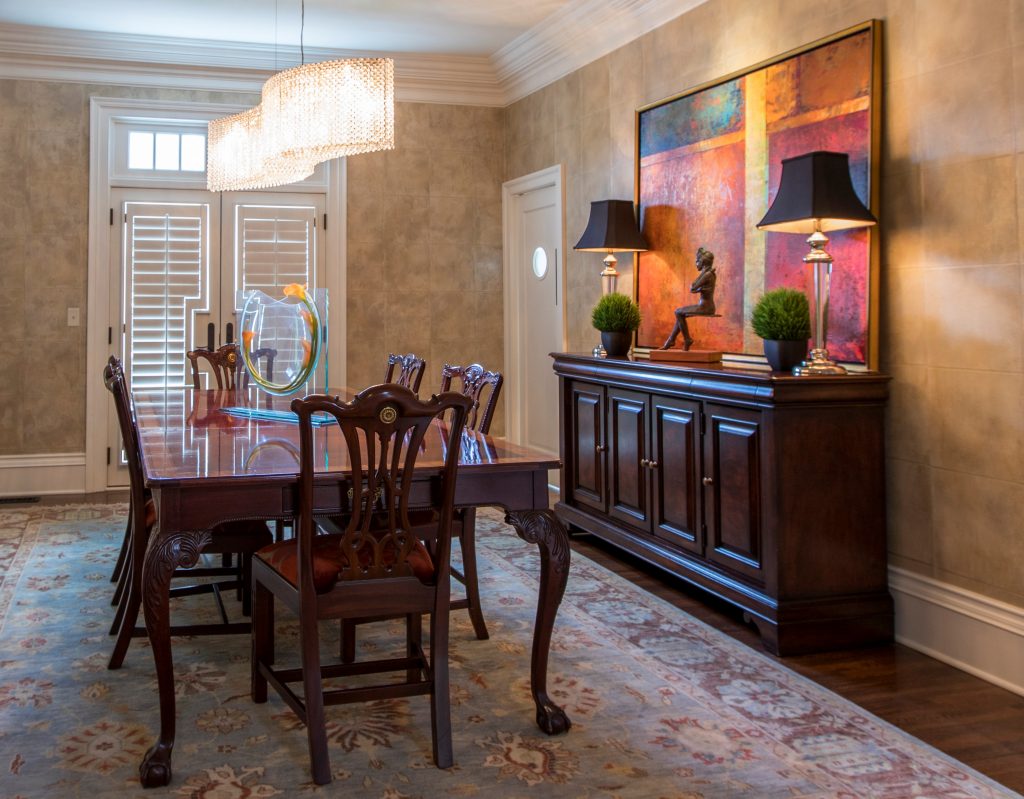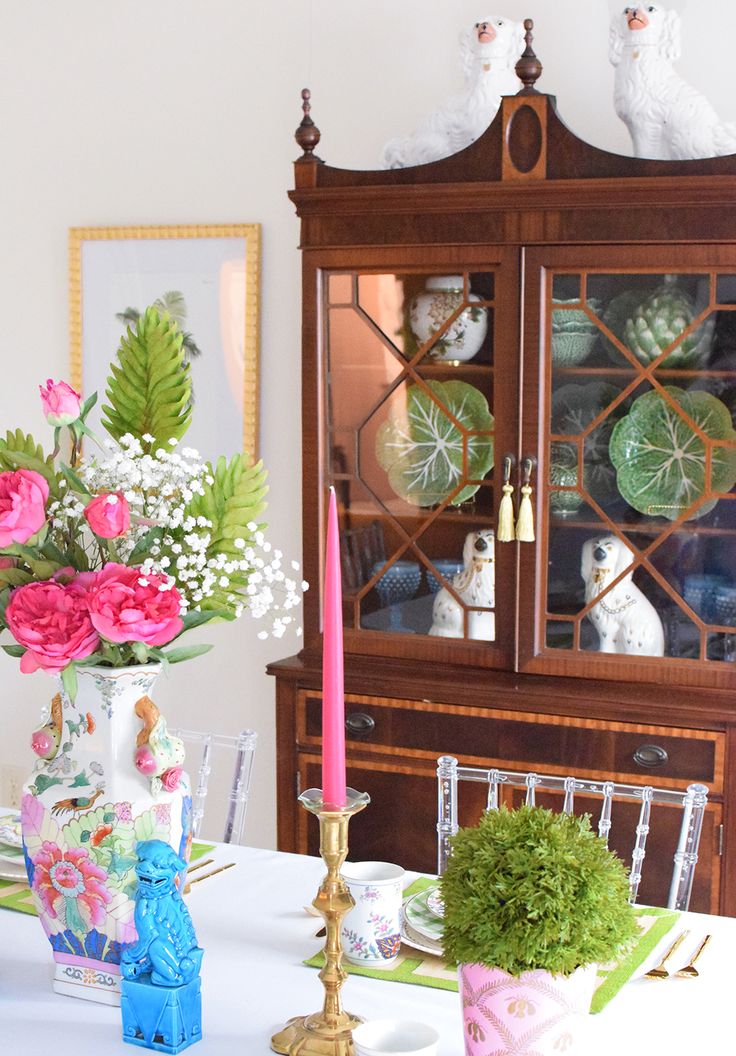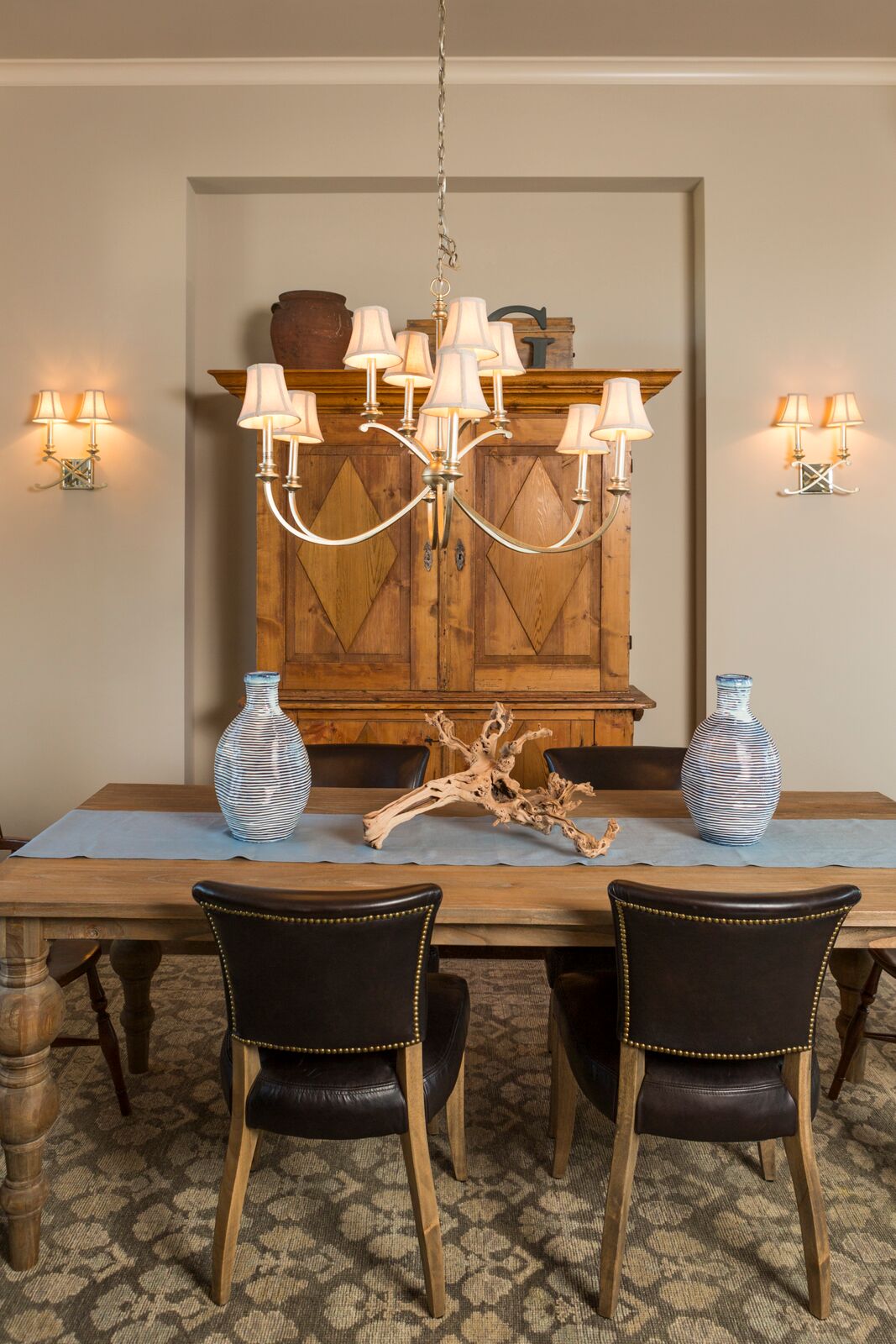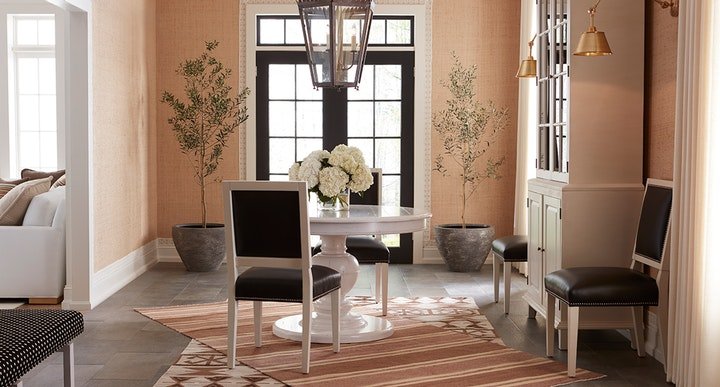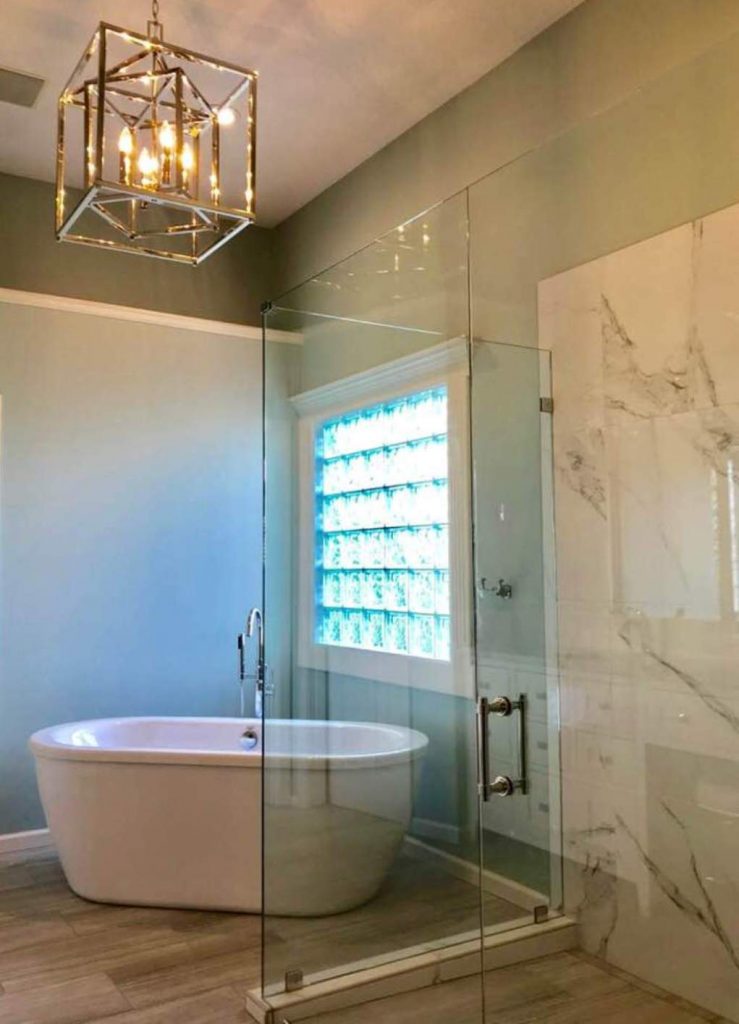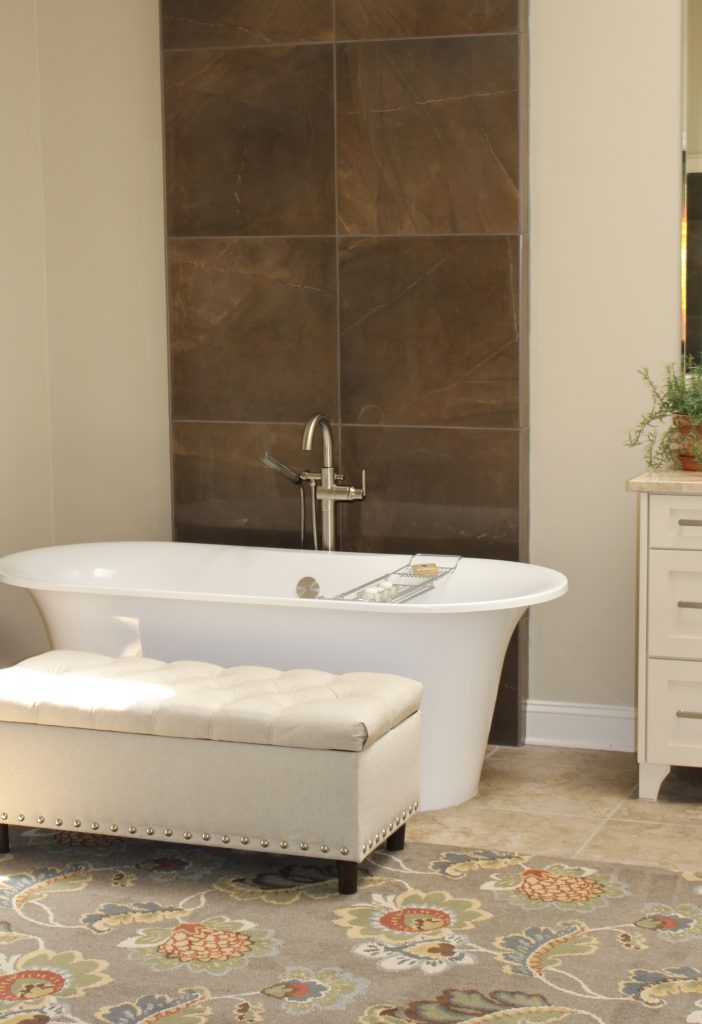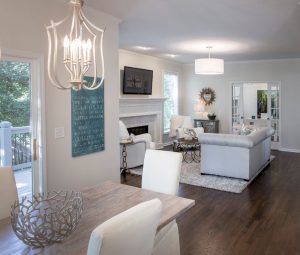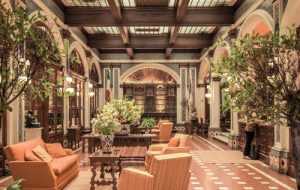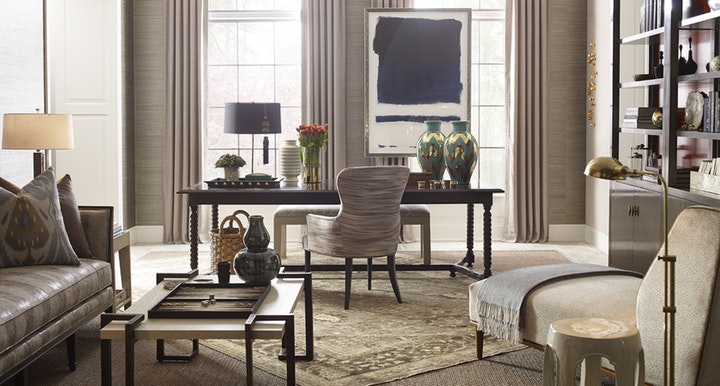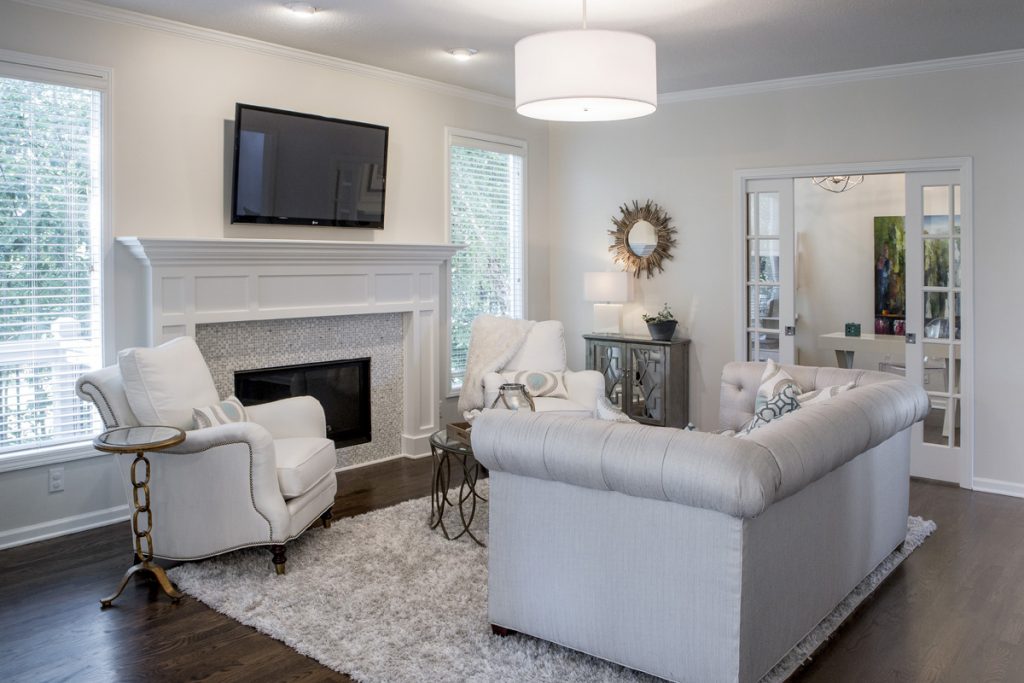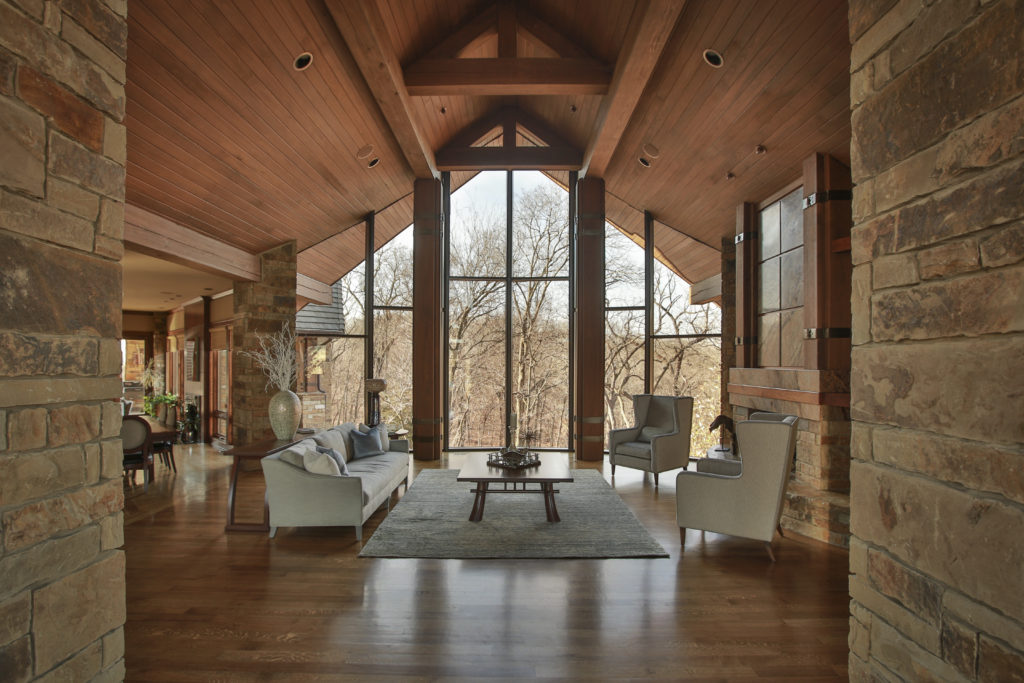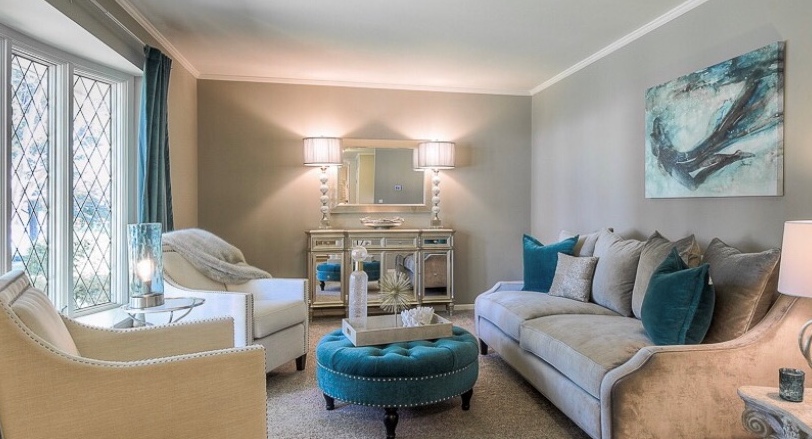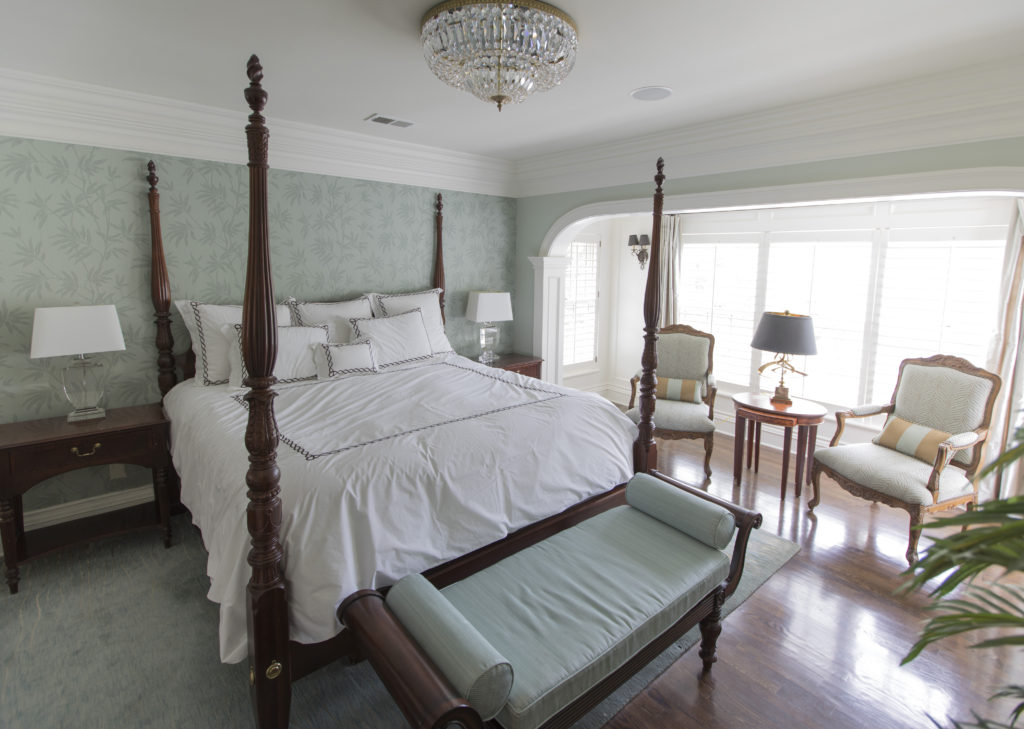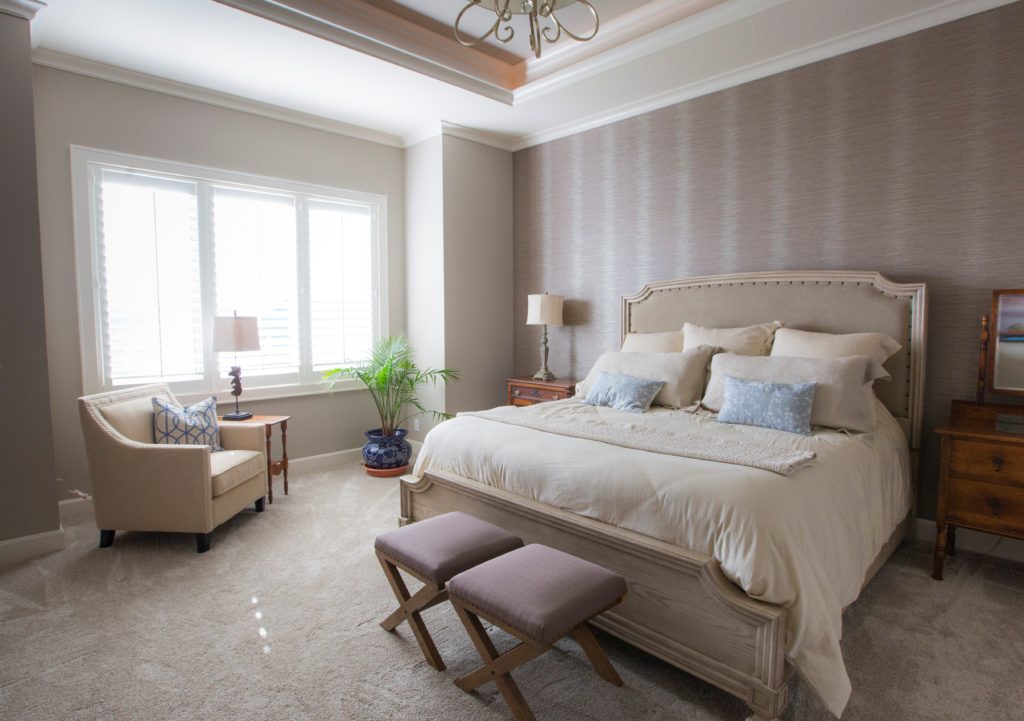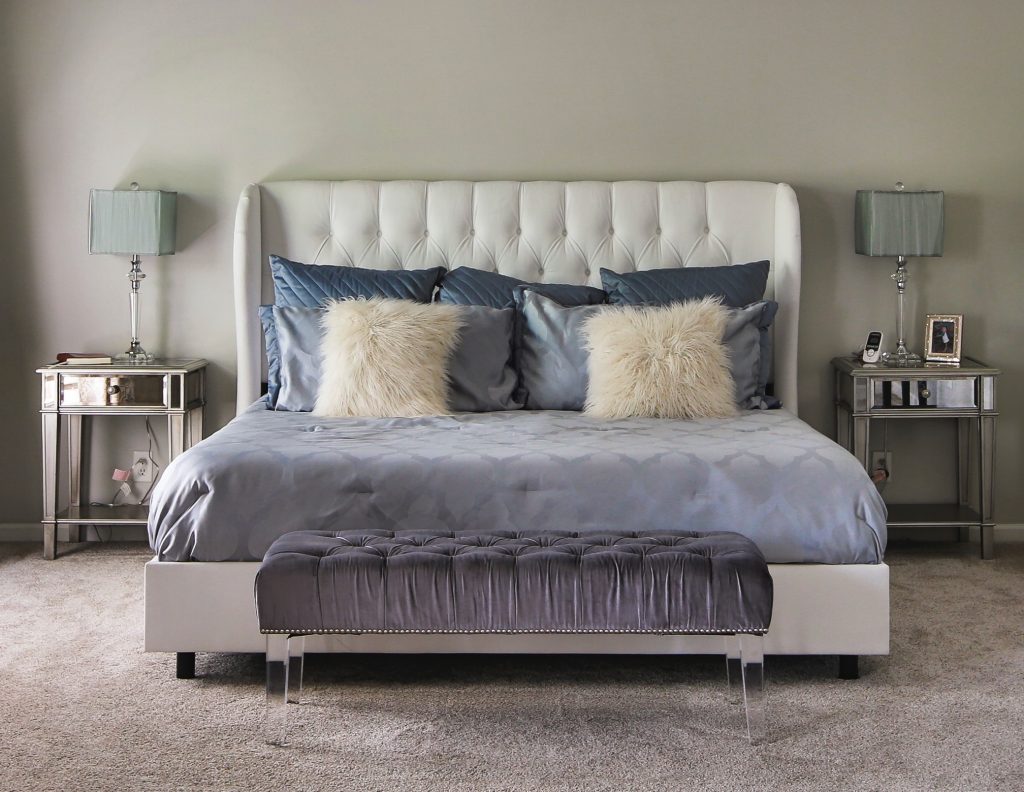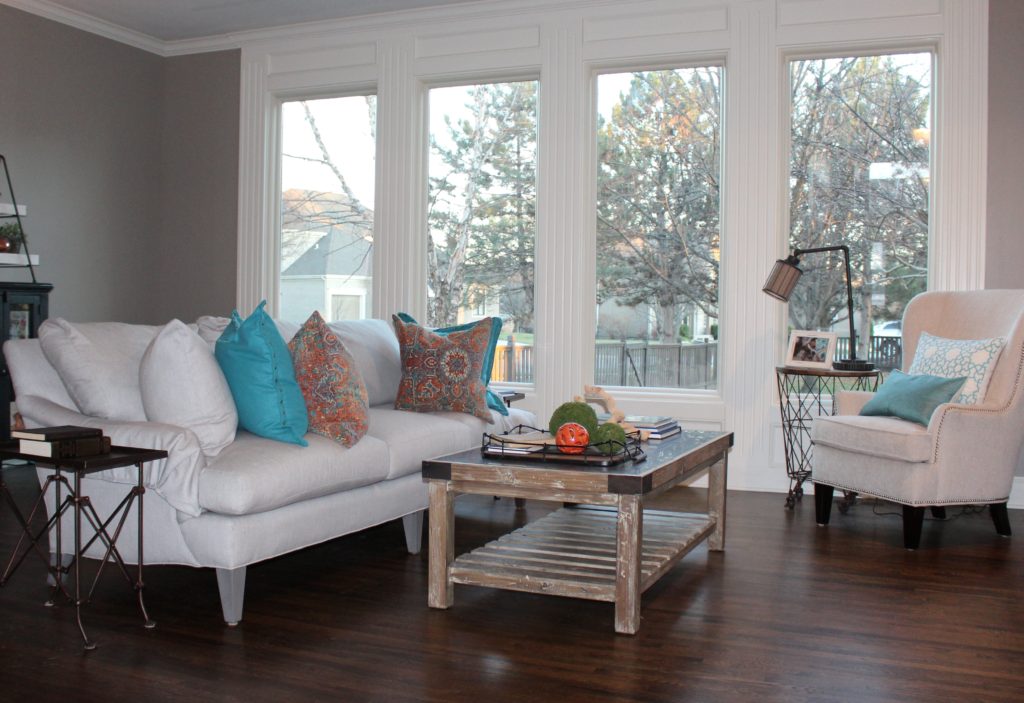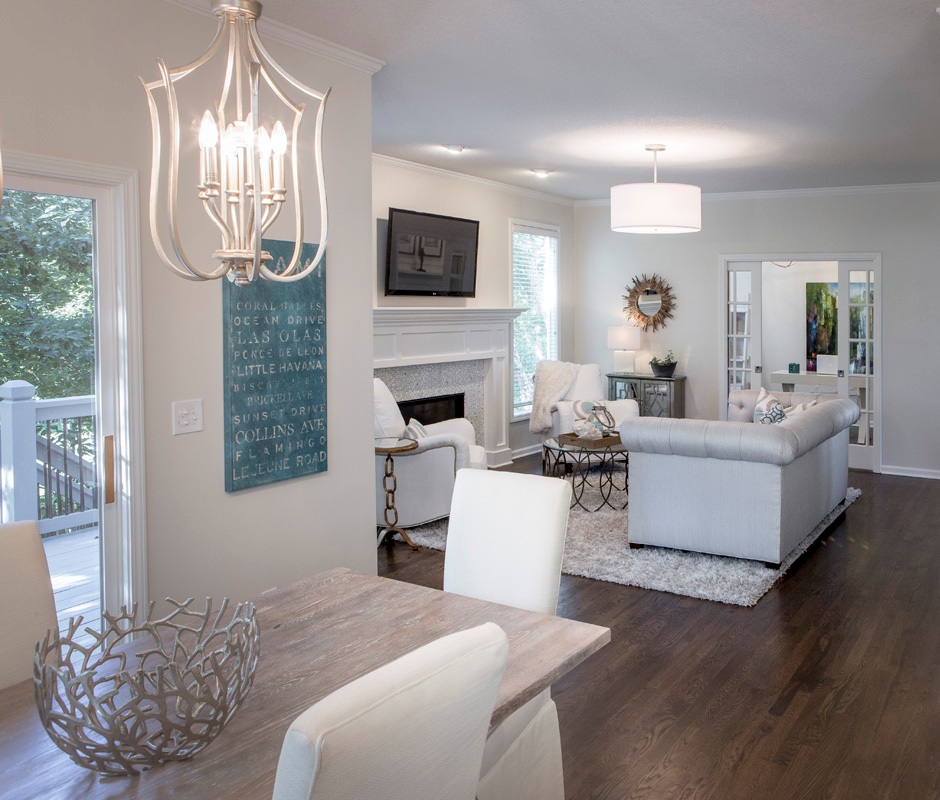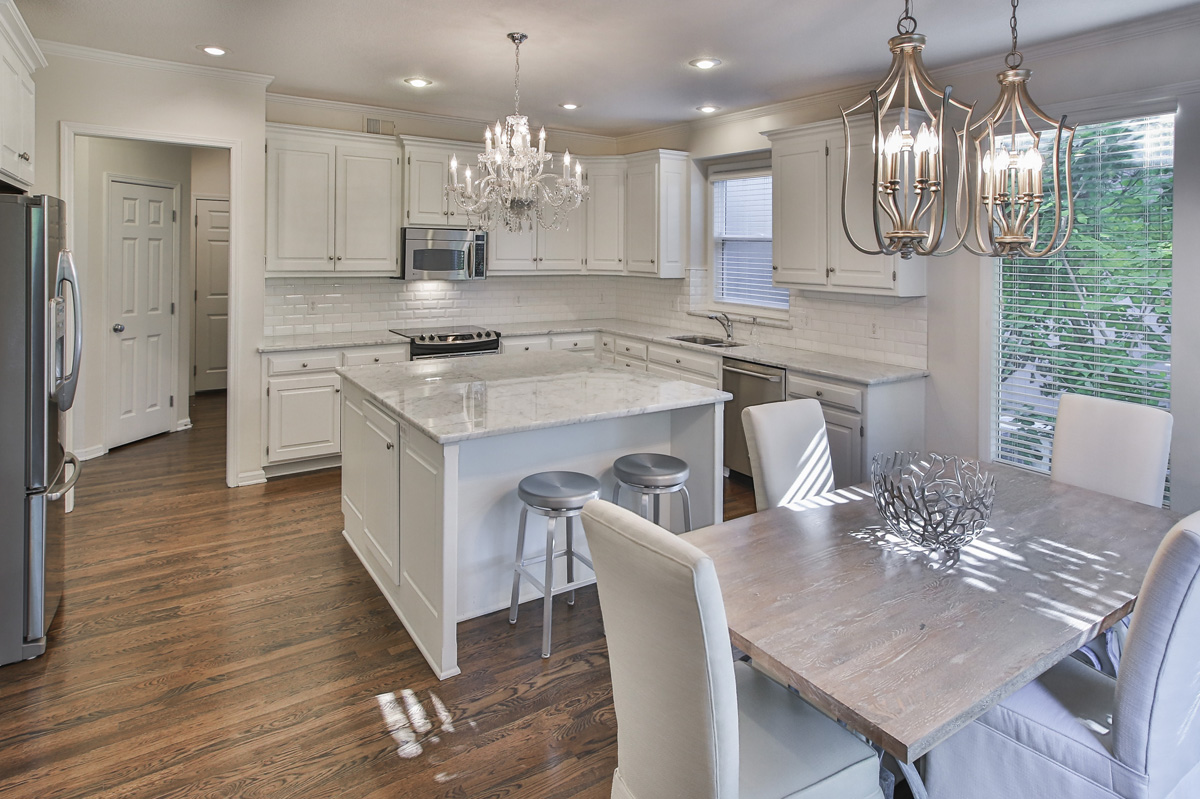 Interior Design/Interior Decorating
Interior Design/Interior Decorating
Interior Design: You Know You Need to Hire a…
How to Avoid Costly Mistakes with Your Interior Design, Decorating, or Remodeling/New Build Project
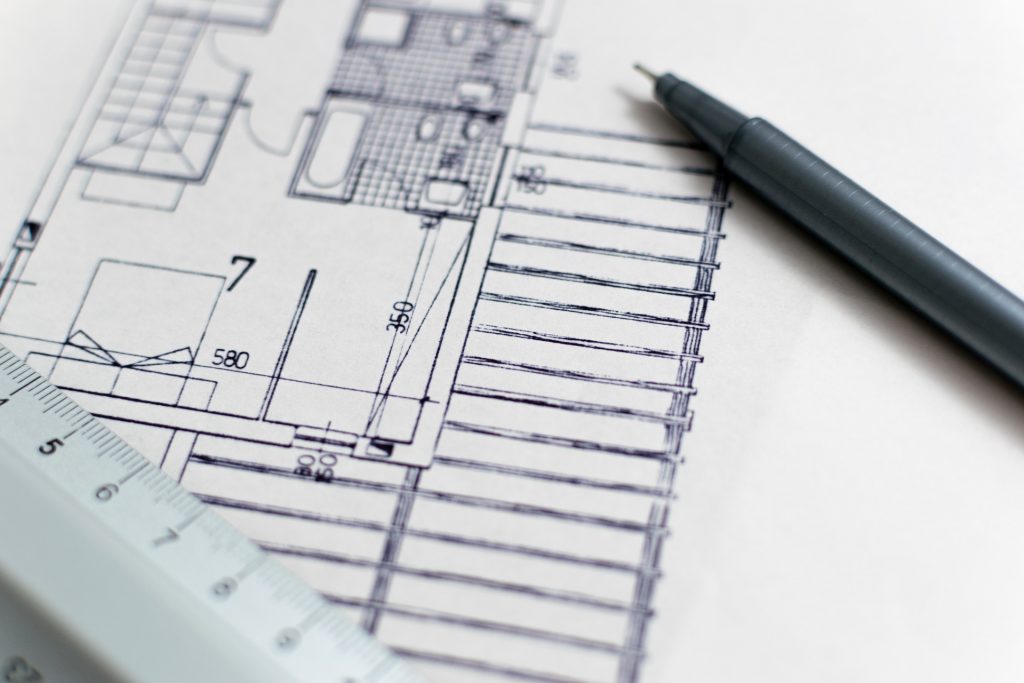
After completing over 1200 interior design and decorating projects as an interior designer I’ve learned a thing or two about how people think and at what point they usually call for help, which is often too late. So today I’m going to reveal those times when you definitely need to hire an interior designer to avoid costly mistakes, have regret, or end up with an interior design that’s either not functional, ugly or both. Read on for my 7 tips for knowing when it’s time to hire an interior design firm for your project.

- You know you need to hire an interior designer when you’re on the verge of divorce from fighting about about your project. You may laugh at this reason why but I have to tell you that our interior design firm gets called on frequently to quietly settle disputes while also helping clients come up with a plan that works for everyone.

2. You know you need an interior designer when you’re about to make a large furniture purchase you will regret the rest of your life. Interior design firms not only help you design your interior but they also help you avoid costly mistakes by ensuring the furniture purchased is better quality, functional, and a good fit for your body type unless throw away furniture is what you want.
a. poor quality – Most people mistakenly believe that because a furniture store is expensive or popular that they have quality furniture not realizing that often much of the company’s investment goes towards advertising instead. Interior design firms check not only the quality of the frames of upholstered furniture but also ensure the fabric will hold up in your space.
b. wrong size – Can’t tell you how many times clients have asked me to resolve their space planning dilemma when its too late because the furniture they just purchased doesn’t fit into the room or through a doorway like the basement.
c. doesn’t fit – Have you ever purchased a sofa or chair only to find out too late that it doesn’t fit your body type or its uncomfortable? Unfortunately that’s one of the most common mistakes I see clients make that interior designers help you avoid.

3. You know you need to hire an interior designer when the bad color choice(s) you made are still on the walls. Interior design firms use their expertise and experience with color to help you make better color choices that flow with your designed interior overall.

4. You know you need to hire an interior designer when you are second guessing your decor selections in the middle of a project like a remodel, new build, or decorating project.
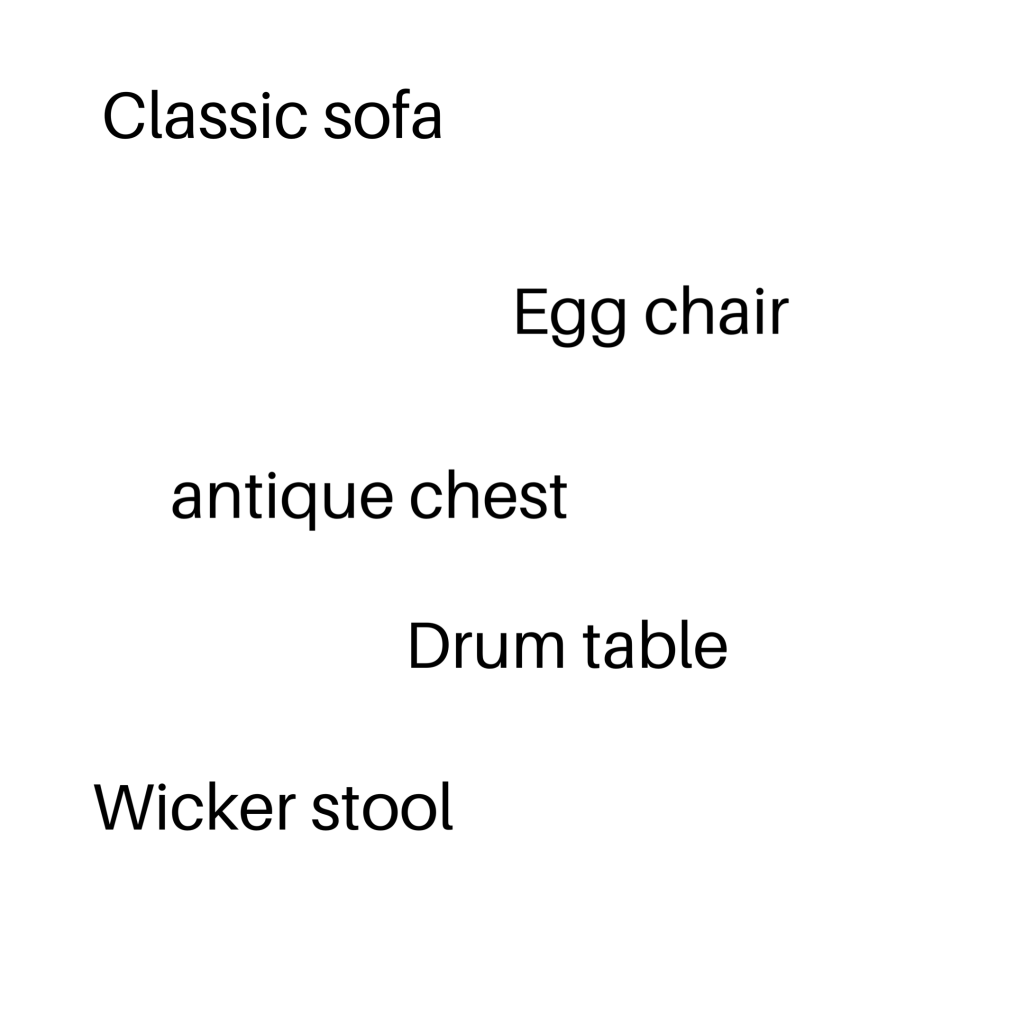
5. You know you need an interior designer when you know what you like but have no idea how to put the interior design project together

6. You know you need an interior designer when your space hasn’t been updated for 15-30 years because you can’t make a decision. That’s what interior design firms call analysis paralysis and it simply means you need a professional to help guide you through the process.
For more inspiration, ideas, and photos, sign up for our popular weekly interior design blog here with subscribers in over 130 countries.
Plus become a fan of Kansas City’s interior designer, former host of the Living Large interior design show, Karen Mills, on
INSTAGRAM and FACEBOOK here!
